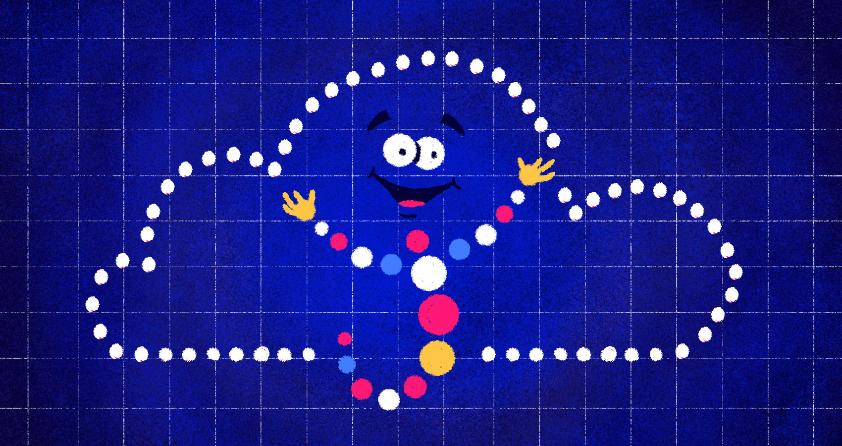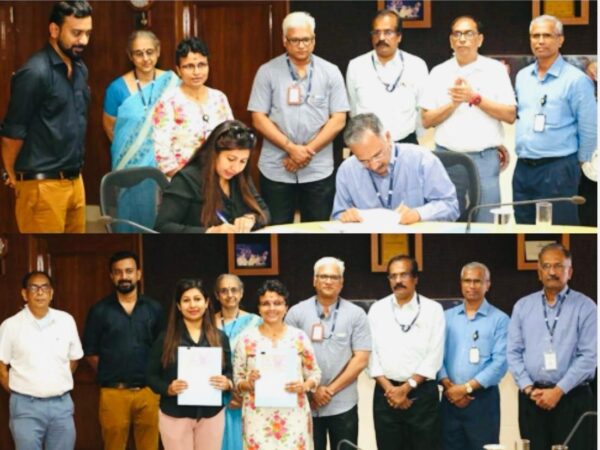Logic gates are made possible via DNA crystal engineering, that might result in DNA-based processors and biosensors. I appreciate you sharing this tale. Please, nonetheless, respect the author’s copyright by doing this. Before distributing or copying this complete document, get permission from Creativity Origins ([email protected]), or join our partnership programmed instead! Of course, if you like to reference this article when quoting it, feel free. Do you wish to disseminate this knowledge in a different manner?
An important development for DNA computation is the creation of logic gates using DNA crystal engineering. Their findings were published by Advanced Materials. They used patterns resembling DNA double crossover to construct a complex 3D crystal.

The DNA double crossover-like (DXL) motifs are emerging as key players in this novel field of DNA computation. These motifs can only be uniquely associated with one another because to a technique called sticky-end cohesiveness. The researchers were able to manipulate these abilities and create a physical representation of common logic gates by embedding inputs within the ‘sticky ends’ of the motifs.
Consider these DXL motifs to be the fundamental building blocks of the logic gate system. They act as the foundation for these complex 3D crystal structures. The method by which these logic gates were created represents a significant shift in the future of DNA computation and crystal engineering.
The most exciting aspect of this inquiry may be the capability to observe the gates of logic. The researchers were able to see the results because to the growth of macroscopic crystals. This suggests that the results of the computations are not only theoretical but also physical. The palpable look of the result, which not only makes the process easier to understand but also provides a simple method of reading, may make the use of this technology simpler.




